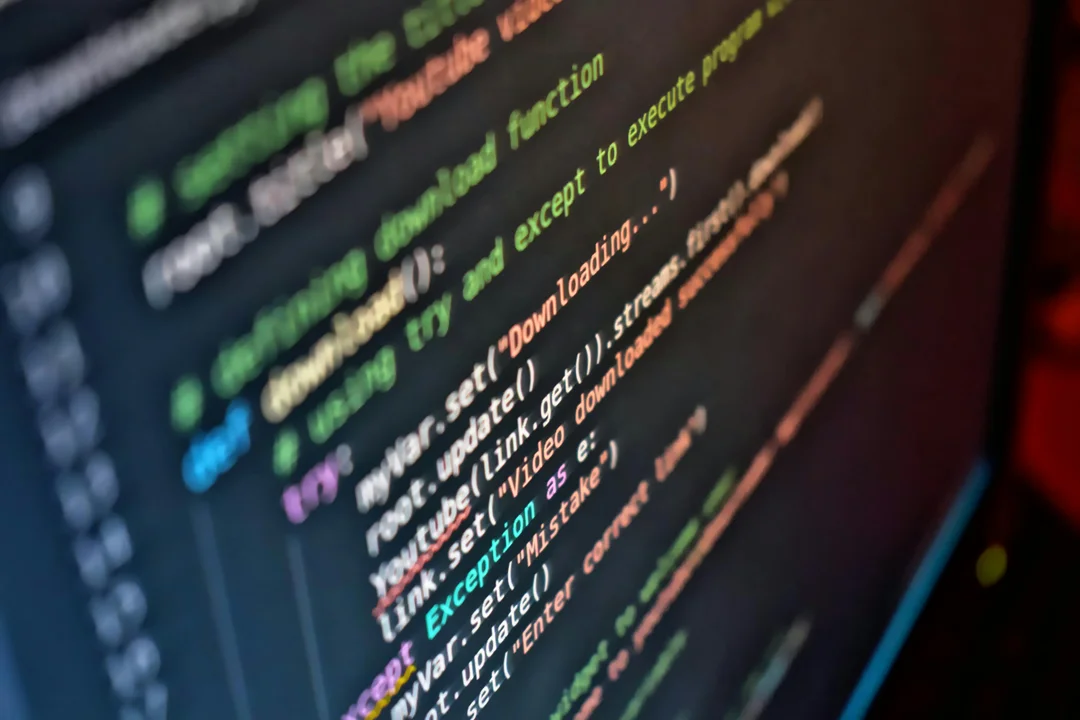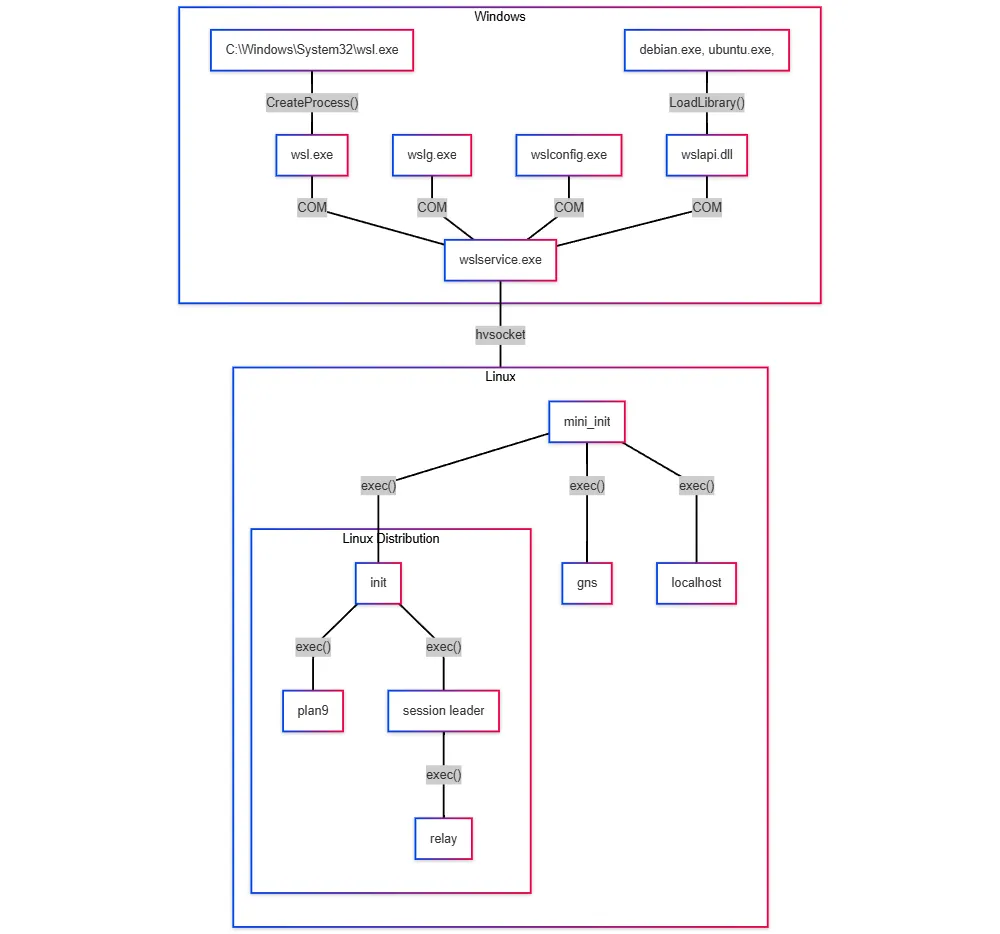
Microsoft Open-Sources Windows Subsystem for Linux (WSL): A Developer’s Dream Come True
In a move celebrated by developers worldwide, Microsoft has announced that its Windows Subsystem for Linux (WSL) is now open-source. This milestone, revealed at the Build 2025 conference, marks the culmination of a multi-year effort to refactor the operating system and allow community contributions to this powerful feature.
Why is this important? WSL allows users to run a Linux environment directly on Windows, eliminating the need for virtual machines or dual-boot setups. By open-sourcing WSL, Microsoft empowers developers to tailor the tool to their specific needs, ultimately making Windows a more developer-friendly platform.
According to Windows chief Pavan Davuluri, this decision addresses a long-standing request from the developer community. It required significant effort to refactor the OS, enabling WSL to operate in a standalone capacity. Davuluri anticipates that developers will leverage the open-source project to enhance WSL's performance and integration with Linux services.

The WSL code is now available on GitHub, inviting developers to download, build from source, contribute fixes, and even add new features. This level of access was previously unavailable, despite community contributions that have significantly improved WSL over the years.
A Brief History of WSL
WSL first arrived in 2016 as part of the Windows 10 Anniversary update. Microsoft initially built it upon a pico process provider called lxcore.sys, enabling Windows to natively run ELF executables and implement Linux syscalls within the Windows kernel.
Senior software engineer at Microsoft, Pierre Boulay, explained that, over time, relying on the Linux kernel became the optimal approach for native Linux compatibility. This realization led to the development of WSL 2, which was announced in 2019, later incorporating GPU support and separation from the core Windows OS.
Moving Faster, Separately
In 2021, Microsoft separated WSL from the Windows codebase, pushing it to its own codebase to keep up with the growing community and feature requests. The 24H2 update for Windows 11 marks the full transition of WSL users to this separate package.
The open-sourcing of WSL effectively closes the first issue raised on the WSL repo on GitHub: "Will this be open-source?" The answer is now a resounding yes.

Beyond WSL, Microsoft is also open-sourcing other tools like Edit, a command-line text editor, and migrating AI-powered capabilities from GitHub Copilot to the VS Code open-source repository, further solidifying its commitment to the open-source community and developer empowerment.
What does this mean for the future of Windows? Microsoft aims to make Windows the ultimate development environment. Will this open-source initiative attract more Linux developers to the Windows ecosystem? Share your thoughts and perspectives in the comments below!